Before deciding to install a solar power system, people typically have many questions. One of the most common inquiries is, “How much does a solar power system cost?”
In this particular case, we will focus on a popular system size for residential or commercial installations, which is an on-grid 10kW solar system. In this article, we will provide a detailed answer to this intriguing question, aiming to debunk any misconceptions that solar salespeople might not want you to know.
Basically, there are two common types of solar PV systems: on-grid and off-grid. If you want to know more about them, you may want to read our article about the differences between on-grid and off-grid solar power systems.
The table below shows the average starting cost of a completely installed 10,000Wp Solar Panel System in the United States of America.
| State | Starting cost for 10-kW system | Average cost per watt |
| Alabama | $24,442.37 | $2.44 |
| Alaska | $23,992.97 | $2.40 |
| Arizona | $24,396.00 | $2.44 |
| Arkansas | $26,238.18 | $2.62 |
| California | $27,178.00 | $2.72 |
| Colorado | $30,495.00 | $3.05 |
| Connecticut | $27,713.00 | $2.77 |
| Delaware | $27,285.00 | $2.73 |
| District of Columbia | $28,034.00 | $2.80 |
| Florida | $24,824.00 | $2.48 |
| Georgia | $28,248.00 | $2.82 |
| Hawaii | $34,882.00 | $3.49 |
| Idaho | $30,495.00 | $3.05 |
| Illinois | $29,853.00 | $2.99 |
| Indiana | $27,285.00 | $2.73 |
| Iowa | $25,252.00 | $2.53 |
| Kansas | $23,812.85 | $2.38 |
| Kentucky | $23,363.45 | $2.34 |
| Louisiana | $27,927.00 | $2.79 |
| Maine | $28,663.52 | $2.87 |
| Maryland | $27,713.00 | $2.77 |
| Massachusetts | $29,318.00 | $2.93 |
| Michigan | $28,569.00 | $2.86 |
| Minnesota | $30,816.00 | $3.08 |
| Mississippi | $26,327.35 | $2.63 |
| Missouri | $25,788.78 | $2.58 |
| Montana | $29,532.00 | $2.95 |
| Nebraska | $28,212.33 | $2.82 |
| Nevada | $26,322.00 | $2.63 |
| New Hampshire | $31,137.00 | $3.11 |
| New Jersey | $25,894.00 | $2.59 |
| New Mexico | $29,746.00 | $2.97 |
| New York | $28,355.00 | $2.84 |
| North Carolina | $25,038.00 | $2.50 |
| North Dakota | $24,173.08 | $2.42 |
| Ohio | $25,680.00 | $2.57 |
| Oklahoma | $26,156.15 | $2.62 |
| Oregon | $26,857.00 | $2.69 |
| Pennsylvania | $27,499.00 | $2.75 |
| Rhode Island | $28,890.00 | $2.89 |
| South Carolina | $29,425.00 | $2.94 |
| South Dakota | $24,137.42 | $2.41 |
| Tennessee | $24,804.38 | $2.48 |
| Texas | $26,429.00 | $2.64 |
| Utah | $27,499.00 | $2.75 |
| Vermont | $29,639.00 | $2.96 |
| Virginia | $28,141.00 | $2.81 |
| Washington | $25,038.00 | $2.50 |
| West Virginia | $26,327.35 | $2.63 |
| Wisconsin | $31,351.00 | $3.14 |
| Wyoming | $25,608.67 | $2.56 |
What is a 10kW solar power system?
A 10kW solar power system has at least 25 to 40 solar panels. It can take up space between 55 to 70 square meters. However, the number of solar modules and space required depends on the module’s efficiency.
The system can generate up to 16,400 kWh of electrical energy every year or up to 45kWh daily. This depends on the tilt angle, orientation, and geographical position of the solar power system.
Time-lapse Video for Solar Power System Installation
What is the cost of the materials for a 10kW solar panel system?
To directly answer your question, the cost of purchasing the materials for a 10kW solar power system can range from US$9,900 to US$14,800, excluding installation and permitting costs. This price range reflects the cost of a good-quality system of this size.
It’s important to note that the actual cost breakdown and specific details can vary depending on the suppliers and components involved. Therefore, it is recommended to gather information from different suppliers to confirm the real costs of each component. Below, you’ll find more in-depth information and details regarding the cost breakdown.
What is in a 10kW solar power system?
To have an idea about the cost, we need to break down the whole system into its basic components. We will determine the bill of quantity or BOQ of the 10kW solar power system.
A solar power system consists of four basic components. These are the solar panels, the inverters, the mounting structures, and the balance of the system (BOS).
The quantity of each component will base on the total capacity of the system. This means as the kW increases, the number of materials for each component will also increase.
Considering a 10kW or 10,000-watt system, we can break it down into its basic parts as follows:
Solar Panels for a 10kW PV System
Solar panels typically account for around 45% to 60% of the total cost of a solar panel system. In the case of a 10,000-watt solar power system, you would need a minimum of 25 solar modules depending on the solar module capacity. It’s important to note that the available power capacity of solar modules in the market ranges from 250 watts up to 670 watts, so you have a variety of options to choose from.
Choose modules with high power capacity as much as possible. It reduces the number of solar panels that your system will require. By doing so, you will be able to optimize your budget in the long run.
Although the price of solar panels will be based on USD/watt, reducing the number of modules will benefit you. It’s because it reduces your cables’ length, the number of racks or supports, and even maintenance costs.
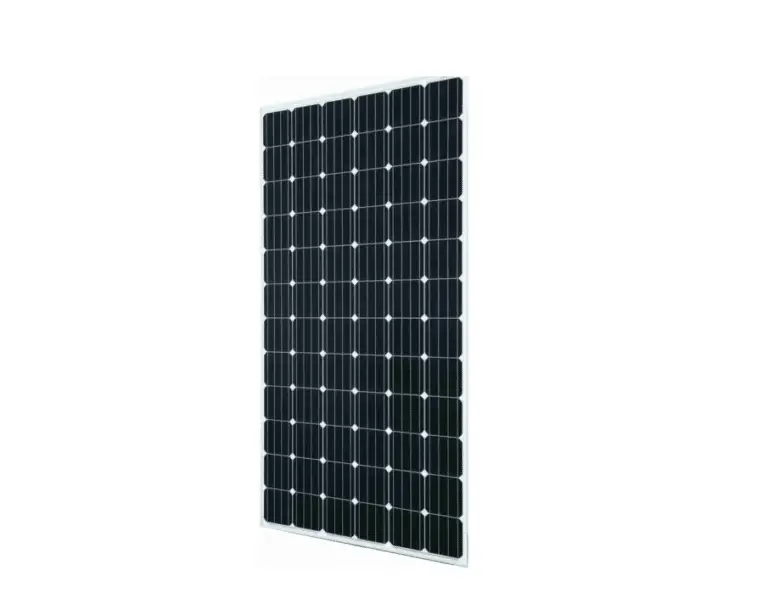
Solar Panel Selection
For this system, the most effective option is to use a 500-watt solar module. What you need to do next is to divide the solar panel capacity’s total solar power. Then, you will determine the total number of modules to buy. You may also check what solar panels are made up of.
10,000-watt / 500-watt = 20 units
For a 10kW solar power system, you will need 20 units of 500-watt solar modules. You may want to check out our article about solar panels for homes to learn more about this.
Solar Inverters for a 10kW Solar System
For a 10kW solar power system, you will need at least one solar inverter unit. As for the cost percentage, this component will amount to between 15% to 25% of the total system cost.
We want to invite you to read our article about the best 10kW inverters today for you to have an idea of what your options are.
What is a solar inverter?
One of the major components of a solar power system is the inverter. It comes in different shapes and sizes. It is sometimes installed outdoors or in the field with solar arrays. But, most of the time, it can be found under the shade or indoors.
The inverter is the heart of the solar power system. Its primary purpose is to transform DC power from solar arrays into useful AC electricity. This will then be used for homes or other establishments.
What are the different types of solar inverters for a 10kw PV system?
There are many types of inverters that are available right now. We will just focus on the inverters, which will apply to a 10,000-watt solar power system. We can consider these two types:
Micro Inverters
A micro inverter is a type of inverter that is directly connected to a single solar panel. It is installed just underneath the solar module. It also means the number of modules will determine exactly how many micro-inverters you need.
Its output is AC power. In most cases, it has almost the same capacity as the panel it is connected to. Since the output is relatively small, you will need to have a combiner or collector. This will combine all the smaller AC outputs from the microinverters into an electrical panel. It will have an output power relatively closer to the total capacity of the system.
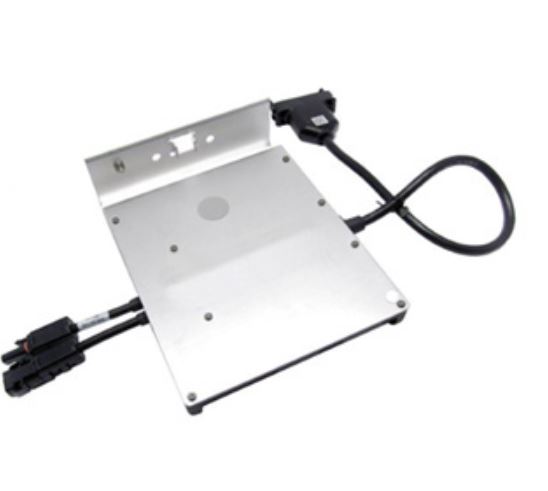
Advantages of Micro Inverter over String Inverter
Here is the list of advantages of micro inverters.
- By using microinverters, the effects of partial shading to the system will make less impact.
- If the solar panels are facing different tilt angles, microinverters will be of great use.
- Micro-inverters will let you monitor the performance of each solar panel.
Disadvantages of Micro Inverter over String Inverter
Here is the list of disadvantages of micro-inverters.
- The system will be costlier with micro inverters.
- Operation and maintenance will be more complicated.
String Inverters for 10kWp Systems
A string inverter is a device that requires several solar panels connected in series as an input. When you connect about 5 to 18 solar panels in series, it is already called a solar string. Thus, the name of the inverter comes from that concept.
Most string inverters convert DC power from the solar strings into AC using MPPT or maximum power point tracking.
MPPT is an algorithm that string inverters use to sample the output power from the solar panel strings. It then applies the proper resistance (load) to get maximum power. This allows the string inverter to maximize the extraction of power from the solar modules. Thus, making them convert sunlight into useful electricity efficiently.
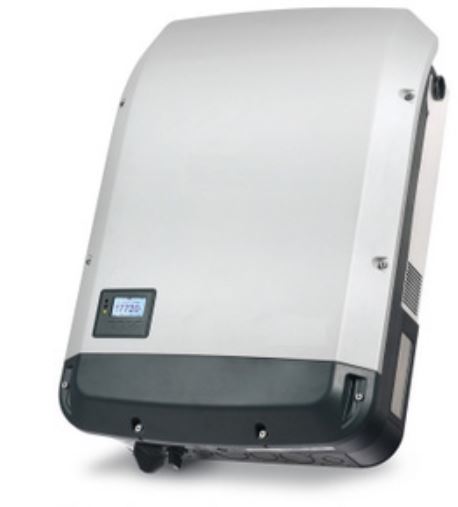
Advantages of String Inverter over Micro Inverter
Here is the list of advantages of string inverters.
- Most of the time, you will only use 1 string inverter for small to medium size installation.
- String inverters are cheaper compared to buying multiple micro-inverters.
- The operation and maintenance of the string inverter are simpler.
- Installation of a string inverter is quicker and easier.
Disadvantages of String Inverter over Micro Inverter
Here is the list of disadvantages of string inverters.
- There will be no individual solar panel monitoring.
- There could be some string mismatch when there is partial shading or a difference in solar panels’ inclination angle.
Why Choose String Inverters?
Considering a 10kw solar system, it will be best to use a string inverter. Why? It’s because the cost-effectiveness of a string inverter outweighs the advantages that micro inverters have. Besides, not everyone needs to monitor each solar panel.
Additionally, one string inverter will be enough for a 10,000-watt system. Thus, it will help in optimizing the budget.
String Inverter Oversizing
Sizing the inverter is not as difficult as it sounds. Once you have the system’s total size (in kilowatt peak), choosing the inverter size will be straightforward.
However, one thing you need to know is that string inverters can be oversized. It is a practice recommended by solar designers and consultants. Why? It’s because it significantly lowers the cost of the system. Additionally, it maximizes the inverter efficiency, considering the peak capacity of solar panels won’t be reached all the time.
Inverter oversizing means you can choose an inverter with a lower output power capacity than solar panels. However, you should always refer to the inverter’s datasheet to know the limitations.
In general, the recommended oversizing ratio is up to 130% (DC to AC ratio). To simplify, DC to AC ratio refers to the total solar power (DC) over the inverter output power (AC).
How to Choose String Inverter for a 10kw Solar Power System
- Check all the available string inverters in the market with a rating that will satisfy up to 120% DC to AC ratio.
- Considering a 10,000-watt solar array, an inverter rating from 7.7kW to 9kW will be the best choice.
- Get the datasheet for each inverter and read them carefully. Always check how much power it can take as input.
- Since we consider 25 nos. 400-watt solar panels, choose a string inverter with at least 2 MPPT inputs.
Solar Panel Mounting Structures
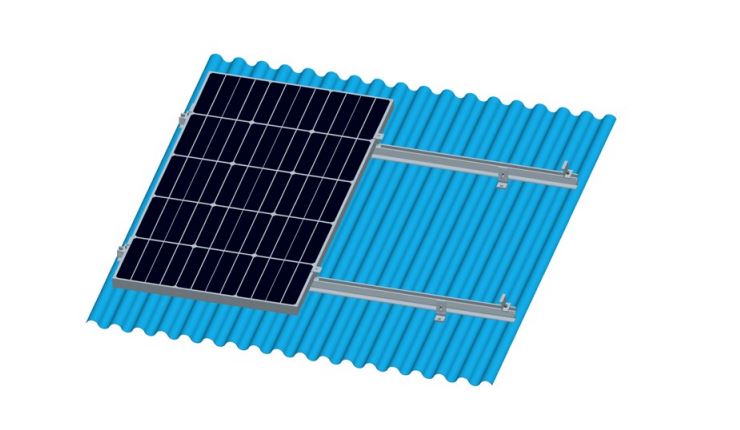
Mounting structures are the supporting structures holding solar panels to the roof or ground. This can be made out of GI steel or aluminum materials. Usually, it has a combination of railings, end clamps, mid-clamps, mounting brackets, and other supporting structures. Its application ranges from ground mount, flat roofs, sloped roofs, tiled roofs, and others.
In general, the component amounts between 8% to 15% of the total solar power system cost. The cost will vary depending on the application of the solar mounting structure.
For a 10kW solar power system, we will consider a common sloped roof installation. This system will require 5 sets of 1×5 mounting structures for this type of application.
Balance-of-System (BOS) for a 10kW Solar System
Balance-of-system for a solar power plant includes cables, wiring accessories, metering equipment, breakers, and switches. It usually sums up to 10-20% of the system’s total cost.
AC Power Cables
It is recommended for a 10kW solar power system to use an AC cable of at least 10sq.mm. in size. This is the case when we decide to use a string inverter. The cable should be a 4-core copper armored cable that will connect the inverter to the 3-phase main distribution board.
DC Cables
You have to consider a DC cable with at least 4sq.mm. in size for this system. This should be a single-core copper solar cable that will connect the solar strings to the inverter.
Breakers and Switches
Proper sizing of the breakers to be installed on the AC Main distribution board is very important. Always check the maximum output current of the inverter. From there, you can determine the size of the breaker you will need.
Usually, for a 10kW solar power system, you need to use between 32A 3-phase breaker.
Metering Panel
The metering panel is the enclosure where you or your electric utility will install the solar meter. Its main purpose is to measure how much your system has generated in kWh or kilowatt-hours.
BOQ for a 10kW solar power system
BOQ (or bill of quantities) is a document used to itemize the materials you will use in constructing a project. Here, we will show you what a 10kW solar power system BOQ will look like.
| Item | Description | Quantity |
| Solar Panels | 500Wp Mono-Crystalline | 20 pcs. |
| Solar String Inverter | 8kW capacity | 1 no. |
| Solar Structure | 1×5 Sloped Roof Mounting Structure | 4 sets |
| Connectors | Male and Female MC4 Connectors | 4 pairs |
| DC Cables + Earthing Cable | 4 sq. mm. copper solar cable | 150 meters |
| AC Cables | 4-Core 10sq.mm. Copper Armoured Cable | 20 meters |
| Earthing Cables | 1-Core 10sq.mm. Copper PVC Cable | 20 meters |
| Cable Management System | Cable trays, conduits, and accessories | 1 lot |
| AC Breakers | 20A 4-pole AC Breaker | 2 nos. |
| DC Disconnects | 2-pole 800V 20A DC Breaker | 2 nos. |
| Metering Panel | Bi-directional meter enclosure | 1 no. |
| Fixings and Accessories | Screws, nuts, bolts, etc. | 1 lot |
Cost Breakdown of a 10kW solar power system
Now, here is the cost breakdown of the system. This will base on the actual average cost from direct suppliers. However, brands will not be mentioned here.
| Item | Quantity | Price per Unit (USD) | Price (USD) |
| 500Wp Solar Panels | 20 pcs. | USD 190 | USD 3,800 |
| 8kW Solar String Inverter | 1 no. | USD 1,520 | USD 1,520 |
| Solar Structure | 5 sets | USD 250 | USD 1,250 |
| Connectors | 4 pairs | USD 3 | USD 12 |
| DC Cables + Earthing Cable | 150 meters | USD 5 | USD 750 |
| AC Cables | 20 meters | USD 10 | USD 200 |
| Earthing Cables | 20 meters | USD 5 | USD 100 |
| Cable Management System | 1 lot | USD 200 | USD 200 |
| AC Breakers | 2 nos. | USD 110 | USD 220 |
| DC Disconnects | 2 nos. | USD 160 | USD 320 |
| Metering Panel | 1 no. | USD 550 | USD 550 |
| Fixings and Accessories | 1 lot | USD 50 | USD 50 |
| Materials Total Cost | USD 8,972 |
From the table above, you can see that the estimated cost of materials for the system is around $9,000. However, if you decide to hire a contractor to build your system, additional expenses such as labor charges, permit fees, and other miscellaneous costs are to be expected. Moreover, contractors may also include their markup for the materials. As a result, the final cost could increase to $20,000 or potentially even higher.
Nevertheless, always look for professional solar contractors to do the job. This way, you will avoid headaches and delays on the project.
How much energy will a 10kW solar power system produce?
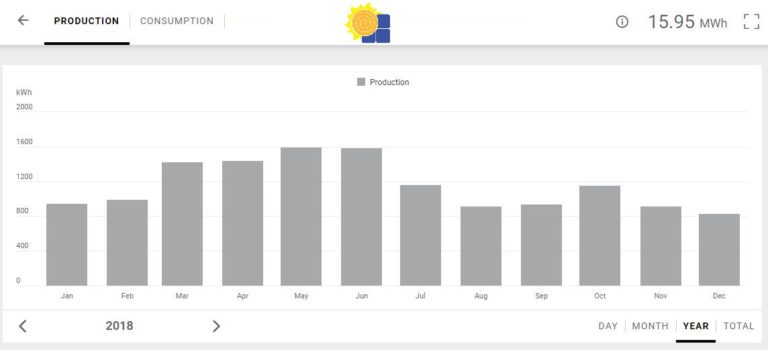
The graph above shows an actual yield of a 10kW-peak solar PV system in 2019. This system is installed on a residential rooftop located in the United Arab Emirates.
In a year, a 10kW system will produce 12,000 kWh up to 16,400 kWh. However, it all depends on the solar plant location, site condition, inclination angle, shading, and system maintenance.
How long will a 10kW PV system last?
A 10kW solar system typically has a lifespan of up to 30 years. With proper maintenance, solar panels, inverters, and other system components can outlast their warranty periods.
To ensure the longevity of your solar PV system, it is recommended to conduct comprehensive maintenance checks at least twice a year. Regular tasks such as cleaning the solar panels, inspecting AC and DC cables, and monitoring the inverter should be performed to help extend the system’s lifespan.
How long is the payback period for a 10kW solar system?
The payback period for a 10kW solar system typically ranges from 5 to 8 years. However, this duration is contingent upon factors such as the initial cost of the system and the kilowatt-hour (kWh) rate provided by the electric utility.
Other considerations that may impact the payback period include net metering, feed-in tariff arrangements with the local utility, and the level of system maintenance. Once the payback period is reached, the energy generated by the system becomes essentially free, allowing you to enjoy the benefits of renewable energy without additional costs.
Conclusion
In this article, we have presented an example of a 10kW-peak solar PV system, providing actual data on its kilowatt-hour yield in a year.
Using this information, you can calculate the potential savings on your electricity bills based on the kWh tariff set by your utility. We have also provided a breakdown of the system cost, serving as a guide for the materials required to build the system.
Now that you have an understanding of the cost of a solar PV system, particularly for a 10kW capacity, the decision to invest in solar energy is in your hands. Consider your budget and make an informed choice on whether to pursue solar energy now or at a later time.
Related Articles
- Solar Panels on Flat Roofs: 7 Things You Must Know
- Top 5 Differences Between On-Grid and Off-Grid Solar Systems
- Solar Panels for Homes Today: The Definitive Guide
If you want to learn more about solar power and other renewable energy sources, sign up for our email list now and be part of the Solar Powered Fam!


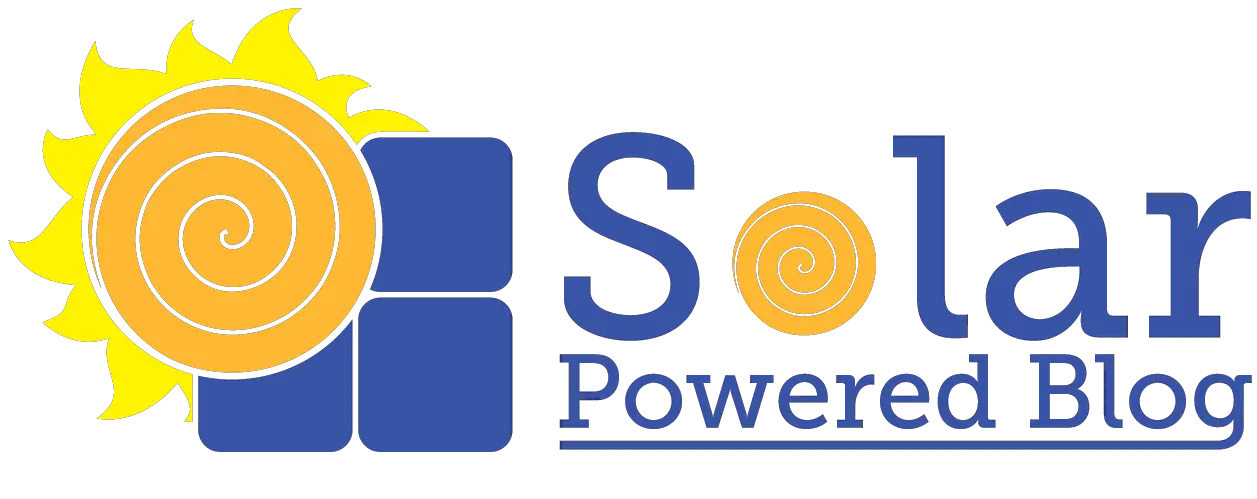

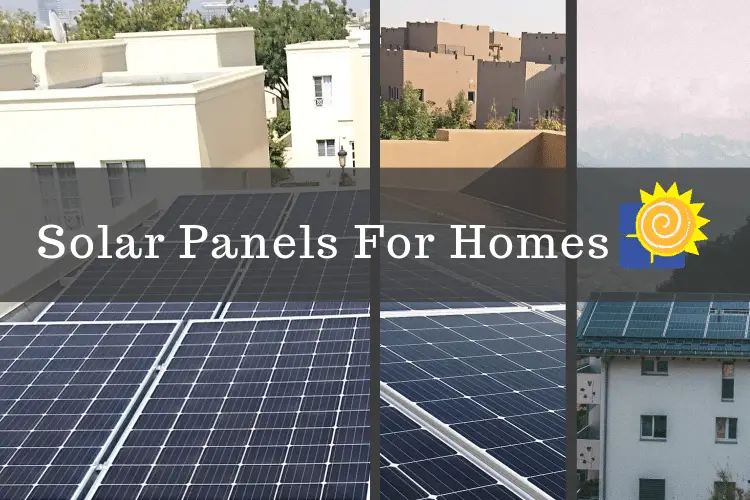

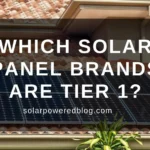
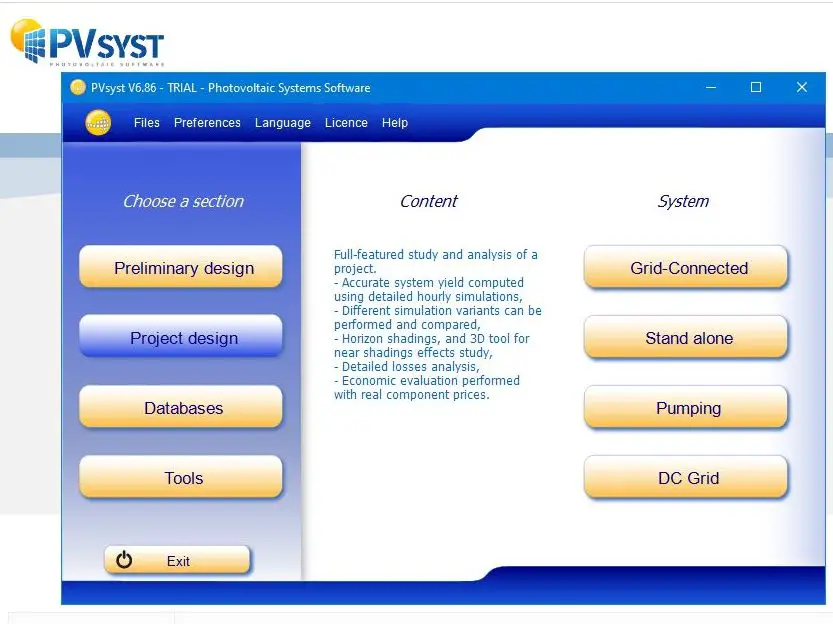
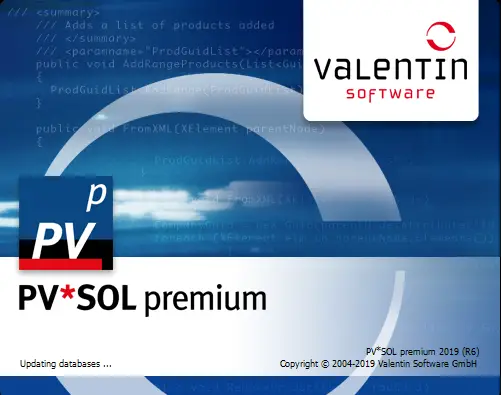
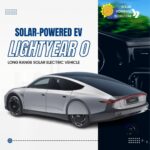

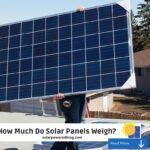




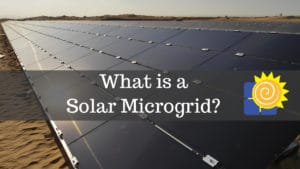
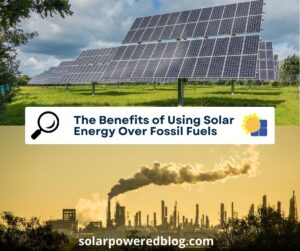

Do you have any recommendations for where to get similar system? I am asking because every company I contacted they gave me a price around 60,000 USD (before incentives) for a 6-7kw. I want to go to solar but no for 60k USD
Thank you wery mach – very good point to start with, even being electronics engeneer :)))
You are welcome as always!
I read the blog post and proceeded to get 5 quotes for a 10kw system and they averaged $25,000 how can Naples Florida be so far off the range listed here during May 2022?
As mentioned on the blog, the final cost might get higher than 20,000 USD depending on the labor cost and equipment cost margin that the contractor bills you. It’s recommended to approach at least 3 well-reputed companies, get their quotes and compare.
I hope you have a good week!
At 60,000 they’re trying to rip you off because you can buy the materials for about 10k to 20k and then its not that hard to install them once you get a good idea of how to put them in. The only thing I would consult is having an electrician to make sure its safe and connected to your home grid. They’re trying to screw people for 60k. Even at 10k to 20k for the parts for a system you can probably find better installers for a whole lot less than the 60k they quoted.